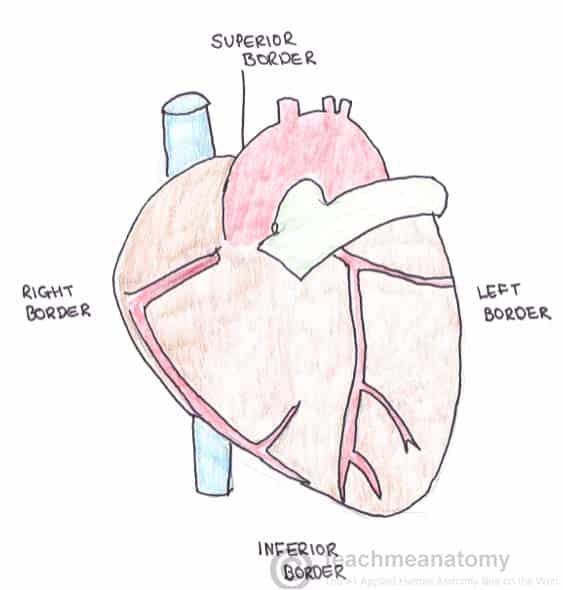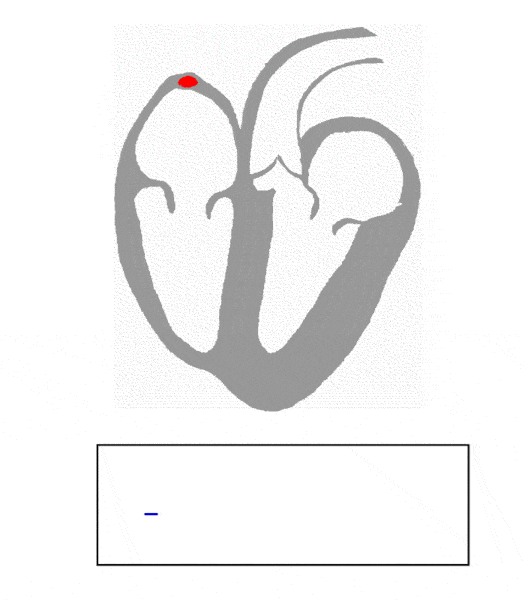"Many patients with large medical bills may have had to declare bankruptcy, sell their home, and be hounded by medical bill collectors as they struggled to juggle rent or mortgage payments while paying for utilities and food," said cardiologist Dr. Rohan Khera, an Internal Medicine fellow at UT Southwestern Medical Center and co-first author of the paper, "Medical expenses are the leading cause of bankruptcy in the United States."
 For uninsured patients hospitalized with acute myocardial infarction (heart attack), the median cost for their stay totaled $53,384 in 2012, according to the research. Uninsured stroke patients had a median bill of $31,218.
For uninsured patients hospitalized with acute myocardial infarction (heart attack), the median cost for their stay totaled $53,384 in 2012, according to the research. Uninsured stroke patients had a median bill of $31,218.
About 60 percent of the uninsured heart attack patients had bills higher than their annual income, after allowing for the purchase of food, according to the paper.
The research, published in the journal Circulation, looked at thousands of patients hospitalized for acute myocardial infarction (heart attack) or stroke between 2008 and 2012, the year before Americans began signing up for subsidized insurance on exchanges created under the federal Affordable Care Act (ACA).
The patients studied ranged from age 18 to 64 (federal Medicare insurance is available to those 65 and older). More than 39,000 hospitalizations for heart attack and more than 29,000 hospitalizations for stroke were analyzed.
Information for the paper came from the National Inpatient Sample, a large database developed by the federal Agency for Healthcare Research and Quality.
Collaborators included cardiologist Dr. James de Lemos, Professor of Internal Medicine and holder of the Sweetheart Ball‐Kern Wildenthal, M.D., Ph.D. Distinguished Chair in Cardiology and Medical Director for the Dallas Heart Study, and researchers were from Baptist Health South Florida, Johns Hopkins Bloomberg School of Public Health, Florida International University, Michael E. DeBakey VA Medical Center, Brigham and Women's Hospital, and Yale New Haven Hospital.

